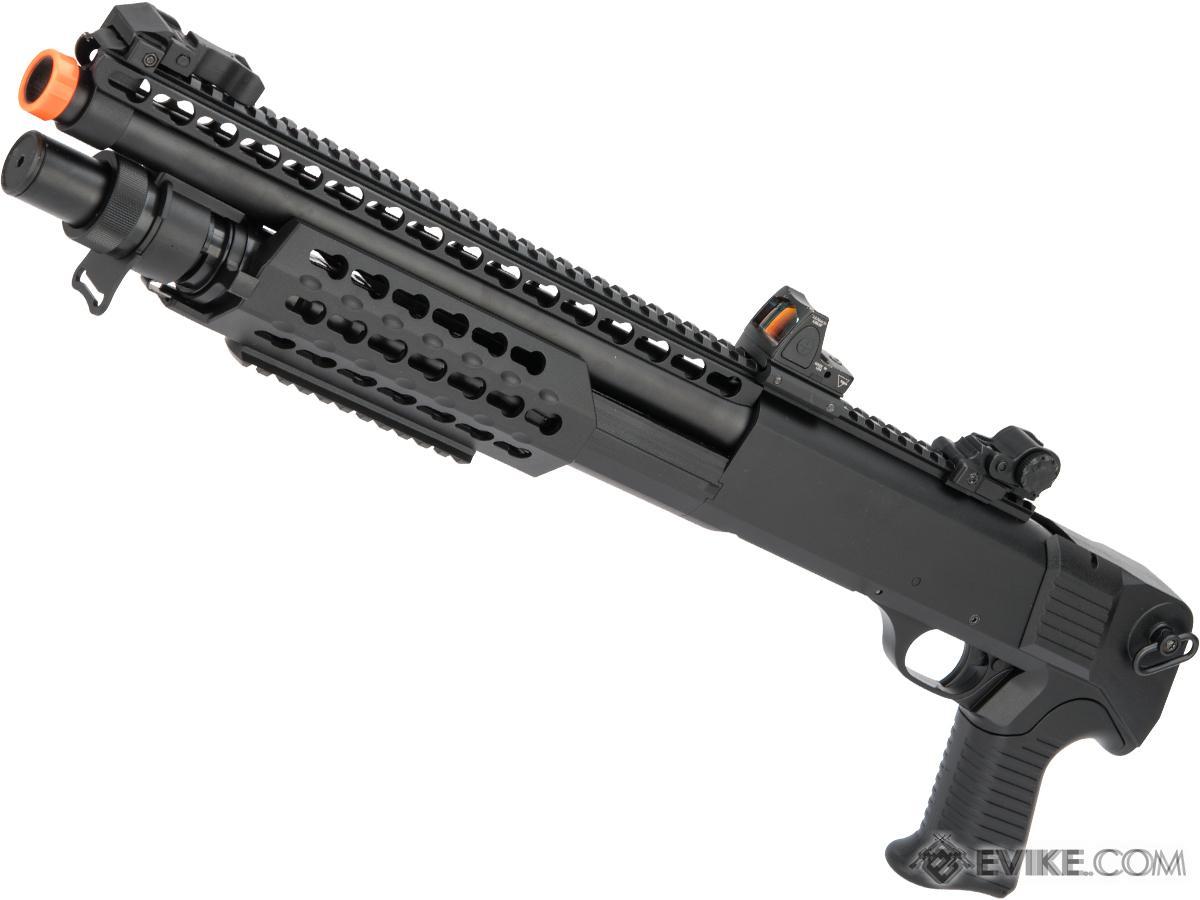
The latest and greatest version of the Gustav, the M4 (M3-E1 in the US), was introduced in 2014 and was once again shortened and lightened. In 2011 the US Army also began issuing the M3 to regular infantry units deploying to Afghanistan – where it enjoyed great success as a building-buster and with air-burst ammunition against insurgents covering down behind walls or in irrigation ditches. The M3 model would go on to be adopted and used by the British Special Air Service, Royal Marines and Parachute Regiment, and by the United States Army Special Forces and Rangers in bunker-busting and anti-vehicle roles. The original M1 version was replaced by the M2 model in 1964, which was lighter and shorter, and by the modernized and further lightened M3 version in 1991.


Nicknamed the “Charlie G” by the Brits, the “Carl G.” by the Canadians, “The Goose” by the Americans, and the “Charlie Guts-ache” by the Australians, the Carl Gustav is also one of the most widely used multi-role, anti-armour, anti-personnel, recoilless, weapons systems ever made. That makes it one of the longest serving and most successful multi-purpose launcher systems ever made. The Bazooka and PIAT were created and used during WWII, while the Carl Gustav was designed in 1946 and entered service with the Swedish Army in 1948.

The 84mm Carl Gustav recoilless rifle (aka, “The Goose”) is almost as famous as the US Bazooka and the British PIAT – and it also fairly close to those two in age as well.


 0 kommentar(er)
0 kommentar(er)
